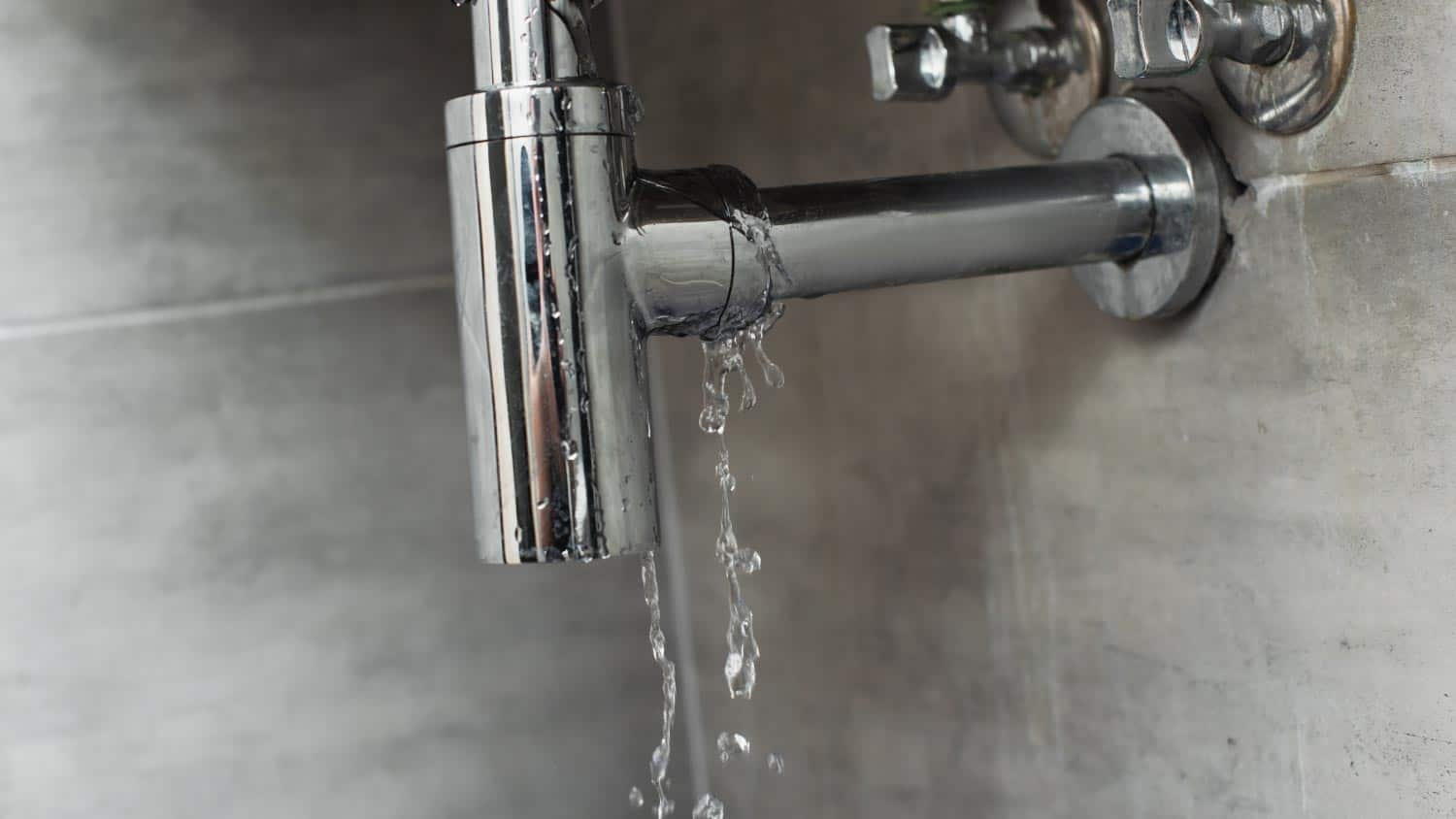6 Ways to Locate Concealed Water Leaks in Your House
6 Ways to Locate Concealed Water Leaks in Your House
Blog Article
What are your thoughts on Detecting hidden plumbing leaks?

Early discovery of dripping water lines can reduce a potential catastrophe. Aside from saving you cash, it will reduce the worry as well as disappointment. The moment you discover a leak, calling your plumber for repair services is the very best solution. Some little water leaks might not be visible. Below are some hacks that assist if you can not detect it with your naked eyes.
1. Examine the Water Meter
Every home has a water meter. Checking it is a guaranteed manner in which helps you find leakages. For starters, turn off all the water sources. Make certain no one will purge, make use of the faucet, shower, run the washing equipment or dishwasher. From there, go to the meter and also watch if it will change. Because nobody is utilizing it, there should be no movements. If it moves, that shows a fast-moving leakage. If you find no adjustments, wait a hr or two and check back once again. This indicates you might have a slow-moving leakage that can also be below ground.
2. Examine Water Intake
Analyze your water costs and also track your water intake. As the one paying it, you need to see if there are any kind of disparities. If you detect sudden changes, regardless of your intake coinciding, it implies that you have leakages in your plumbing system. Remember, your water costs ought to fall under the exact same variety on a monthly basis. An abrupt spike in your expense suggests a fast-moving leakage.
Meanwhile, a stable boost each month, despite the exact same practices, reveals you have a slow-moving leak that's also gradually rising. Call a plumber to extensively inspect your residential property, particularly if you feel a cozy area on your flooring with piping underneath.
3. Do a Food Coloring Examination
30% comes from commodes when it comes to water usage. Test to see if they are running effectively. Drop flecks of food color in the container as well as wait 10 minutes. There's a leakage in between the storage tank as well as dish if the shade somehow infiltrates your dish throughout that time without flushing.
4. Asses Outside Lines
Do not forget to inspect your outdoor water lines as well. Test faucets by attaching a garden tube. Should water permeate out of the connection, you have a loosened rubber gasket. Replace this and also ensure all connections are tight. If you have actually got a sprinkler system, it will assist get it expertly examined as well as kept every year. One small leakage can waste tons of water and surge your water expense.
5. Assess the scenario and also evaluate
Property owners ought to make it a routine to inspect under the sink counters as well as also inside cupboards for any type of bad odor or mold growth. These 2 warnings show a leakage so timely interest is required. Doing routine inspections, even bi-annually, can save you from a significant trouble.
A lot more significantly, if you understand your house is currently old, maintain a watchful eye on your heating units, hose pipes, pipes and so on. Check for stainings as well as deteriorating as a lot of pipes and devices have a life span. They will also normally weaken due to tear and also use. Don't wait for it to escalate if you believe dripping water lines in your plumbing system. Call a specialist plumber today so you don't wind up with a horrible mess in your home.
Early detection of leaking water lines can minimize a prospective calamity. Some small water leakages may not be noticeable. Checking it is a guaranteed way that assists you uncover leaks. One small leakage can squander lots of water and surge your water costs.
If you think dripping water lines in your plumbing system, do not wait for it to escalate.
WARNING SIGNS OF WATER LEAKAGE BEHIND THE WALL
PERSISTENT MUSTY ODORS
As water slowly drips from a leaky pipe inside the wall, flooring and sheetrock stay damp and develop an odor similar to wet cardboard. It generates a musty smell that can help you find hidden leaks.
MOLD IN UNUSUAL AREAS
Mold usually grows in wet areas like kitchens, baths and laundry rooms. If you spot the stuff on walls or baseboards in other rooms of the house, it’s a good indicator of undetected water leaks.
STAINS THAT GROW
When mold thrives around a leaky pipe, it sometimes takes hold on the inside surface of the affected wall. A growing stain on otherwise clean sheetrock is often your sign of a hidden plumbing problem.
PEELING OR BUBBLING WALLPAPER / PAINT
This clue is easy to miss in rooms that don’t get much use. When you see wallpaper separating along seams or paint bubbling or flaking off the wall, blame sheetrock that stays wet because of an undetected leak.
BUCKLED CEILINGS AND STAINED FLOORS
If ceilings or floors in bathrooms, kitchens or laundry areas develop structural problems, don’t rule out constant damp inside the walls. Wet sheetrock can affect adjacent framing, flooring and ceilings.
https://www.servicemasterbyzaba.com/blog/how-to-detect-water-leakage-in-walls/

I found that article about Hacks to detect leaks when doing research the internet. Are you aware of another individual who is truly interested in the subject? Take a moment to share it. Thanks for your time. Don't hesitate to visit our blog back soon.
Report this page